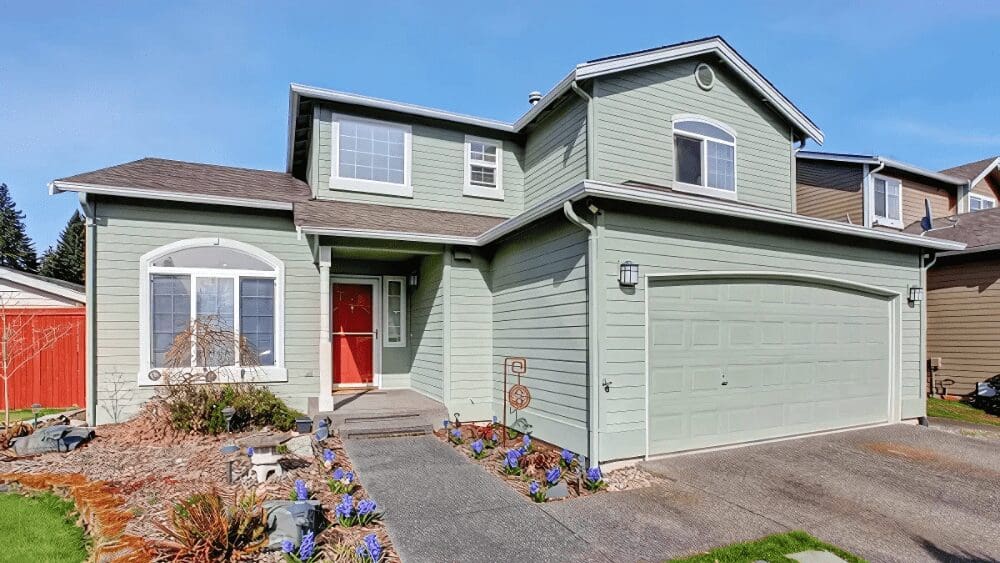Perth’s property market has reached a significant milestone, with the city’s median home value overtaking Melbourne’s for the first time in a decade, according to the latest PropTrack Home Price Index (May 2025).
The shift reflects the turnaround in Western Australia’s housing market since 2022, underpinned by a unique combination of affordability, population growth, investor demand and supply constraints.
Melbourne had the strongest monthly rise (+0.79%) in May 2025, continuing its recovery after a prolonged period of softer growth. However, values remain 2.85% below the 2022 peak.
Despite Melbourne leading monthly gains, Perth’s median home value of $787,000 has overtaken Melbourne’s at $782,000 for the first time in a decade. This reflects Melbourne’s relative weakness compared to Perth’s persistent outperformance in recent years.
Just five years ago, Perth’s home values were sitting at a deep discount relative to Melbourne’s, with the median value of homes in Perth priced at nearly 40% less.
The chart comparing relative AVM value estimates shows that from 2016 through to 2020, Perth homes consistently traded well below Melbourne.
However, since mid-2022 Perth has recorded persistently strong home price growth, consistently ranking as the strongest market for price growth nationwide.
As a result, the city has been on a steep upward trajectory, culminating in the median home value reaching and now exceeding that of Melbourne.
From underdog to out-performer
Perth’s rapid value growth has been driven by both structural and cyclical dynamics.
The city entered this upswing from a low base, following an extended period of subdued price growth during the mining investment downturn and subsequent market stagnation.
That relative affordability became a key attractor, especially as property prices on the east coast surged throughout the pandemic and interest rates moved higher in 2022, reducing borrowing capacities and increasing mortgage servicing costs.
Affordability has been a key driver. With a lower starting point, Perth offered better value for money, a quality that resonated with both homebuyers and investors, particularly as remote work trends and changing lifestyle preferences encouraged relocation. This value proposition has since been reinforced by fast rental price growth, low vacancies, and strong yields, enticing a wave of investor activity.
Population pressures and supply strain
Western Australia’s population growth has also played a significant role. Net interstate migration turned positive during the pandemic and has remained elevated, while overseas migration has surged since 2022. This momentum has placed growing pressure on housing stock.
At the same time, new supply has failed to keep pace. Construction activity has been constrained by elevated input costs, trades shortages, and capacity issues across the building sector.
The number of new homes being completed remains below historic norms, even as demand has climbed, with this mismatch driving competition and price escalation.
Investor appetite and rental dynamics
Rental conditions in Perth are among the tightest in the country. Vacancy rates have been at record lows, and rents have risen rapidly for much of the past few years. This has heightened the appeal for investors seeking capital growth alongside strong rental returns, further intensifying competition for homes.
While Melbourne remains a larger and more diversified market, it has faced headwinds from slower population growth, and more subdued price momentum over recent years.
Perth rents have continued rise. Picture: realestate.com.au/sold
Comparing growth over the past five years, Melbourne is the weakest capital city market by a long shot, with prices having risen by less than 20%, compared to an average of 60% across the other capitals.
The state currently has the highest property taxes in Australia and landlords have struggled to keep up with significantly increased costs from minimum rental property standards legislation.
The Victorian government has also increased property taxes on investment properties as part of the budget announced in May 2023.
These additional taxes have made owning a rental property less attractive in Victoria and combined with sustained higher interest rates in 2024 and increased holding costs, many have sold investment properties.
Looking ahead
While the pace of home price growth in Perth has moderated following an extended period of outperformance, Perth’s housing market still enjoys cyclical tailwinds.
Persistently low rental vacancy rates, solid population growth, and a relatively robust labour market are continuing to support demand.
Although affordability pressures are beginning to weigh on momentum, the prospect of further interest rate reductions and constrained new housing supply are expected to underpin continued, albeit slower, price growth over the remainder of 2025.



















 English (US) ·
English (US) ·